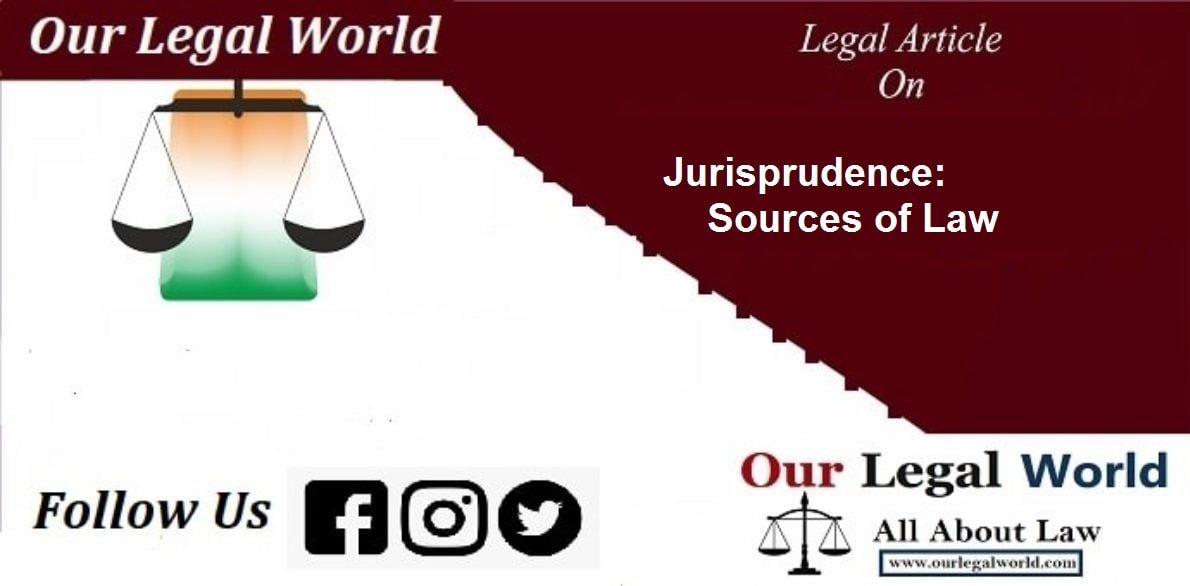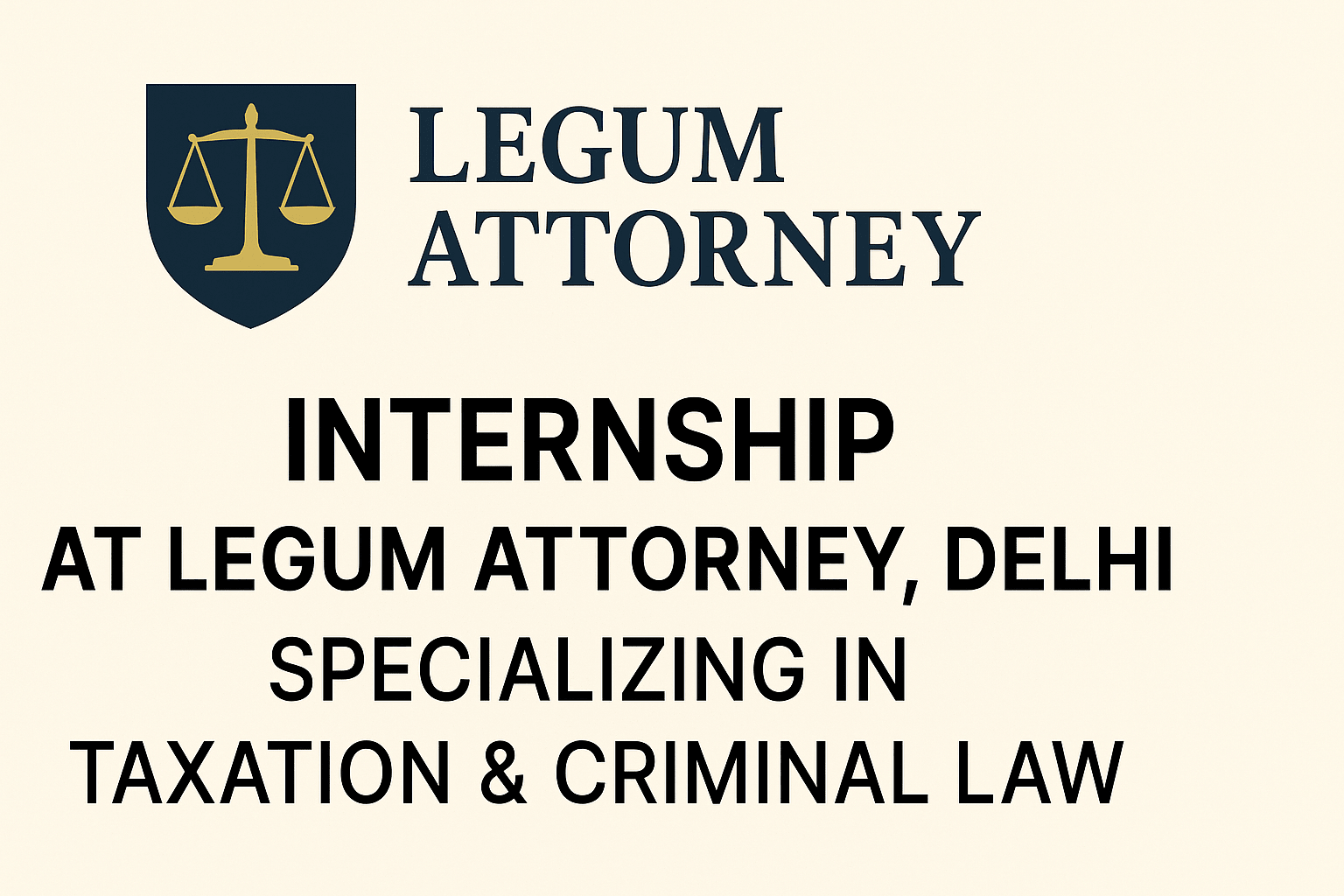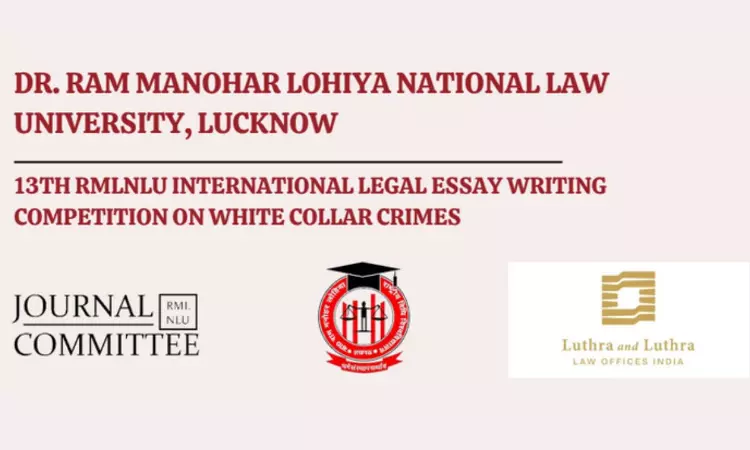Theory Given By Oliver Wendell Holmes
BIOGRAPHY
Oliver Wendell Holmes ( March 8, 1841 – March 6, 1935 ) was an American Jurist who served as an associate justice of the Supreme Court of the USA from 1902-1932. He was also known as – The Great Dissenter.
Holmes is known for his defence of the First Amendment, and for creating the doctrine of “Clear and Present Danger” as the only basis for limiting the Right to Freedom of Speech. He was on of the most often cited and influential SC justices in History.
Also Read: Prisoner’s Rights in India: Issues and Challenges Faced by Them
He graduated from Harvard University in 1861. In July 1861, at the age of 20 Holmes was commissioned as the first lieutenant in the 20th Massachusetts Regiment of Volunteers.
Holmes described War in his own words as – “ An Organized Bore”. He said – “ I trust I did my duty as a soldier respectably, but I was not born for it and did nothing remarkable in that way”. He said all this after retirement from Army in 1864.
While he was in Harvard Law, he wrote influential series of lectures that were later published in 1881 as “The Common Law”.
In his work, Holes explains what becomes his signature judicial philosophy. “ The life of the law has not been logic : it has been experience” – he wrote.
“ The substance of the law at any given time pretty nearly corresponds, so far as it goes, with what is then understood to be convenient.
Holmes argues that the law and the interpretation of the law change according to the changing demands of history and adjust to what the majority of people believe is necessary and fair. This argument is often reflected in his SC opinions. During his whole long career, Holmes become loved and admired by generations of lawyers and judges.
Also Read: Immanuel Kant Theory of Jurisprudence Click here
O.W. HOLMES FOLLOWED REALISTIC SCHOOL OF JURISPRUDENCE
The Realist School
This school focused on decisions. Jurists believe that law is only on official action.
Roscoe Pound has defined the Realistic School as “Fidelity to nature, accurate reordering of things as they are, as contrasted with things as they are imagined to be, or wished to be or as one feels they ought to be.”
Llewellyn has said that Realism or Realist School is not a school of Jurisprudence but it can be turned as Sociology Jurisprudence.
Sometimes it’s also known as the ‘left wing of the functional school.’ Realistic School is known by its name because it focuses on an approach that studies law as it is in the actual working and its effects ahead. The school rejects the traditional definition of law and avoids any dogmatic formulation and fully concentrates on division given by the courts.
Characteristics of Realistic School
1. In a real sense there is nothing like realistic school. In actual it’s known as ‘Realism’ i.e., a movement which contains thought and words in law.
2. Realistically speaking, legislation is viewed as a tool to achieve certain societal goals and as a concept. It is implied in a particular civilization where laws don’t keep up with development as quickly.
3. In order to fulfill the study’s objectives, it also makes an additional assumption about a temporary meaning in terms of “is” and “ought”. It means all the purposes that are ethical in nature for the observer must stress the law that is neglected and are not at all allowed to obscure the vision of observer.
4. Additionally, it fosters a mistrust of establishing legal principles and of notions that, on the surface, seem to explain what court or ordinary people are truly doing.
5. Finally, it also places a lot of emphasis on evaluating any laws in terms of their impact.
Realist School of Jurisprudence can be classified into two types:
AMERICAN REALISM
In this school, in addition to the personal experiences, Scholars also observed and took in the lessons/guiding from the opinions of their peers This school is formed by combining Analytical Positivism and Sociological approaches. American legal realists contend that the issue goes beyond adjudication and is more concerned with legal principles than with debatable facts.
This school considers:
• Law as it is, and
• The law is the result of several elements
Scandinavian Realism
Axel Hagerstrom and lawyer Alf Ross created the Jurisprudence Movement. They all had the belief that legislation was essential in eradicating metaphysics’ perverted impact on scientific thought in general.
This concept can be discussed from the perspective of what is alive and what are dead in terms of the legal system. One problem was the necessity of law in society, without it, dominance over the other species would not be feasible. These realists have been crucial in the rejection of natural law principles.
PREDICTION THEORY OF LAW
The predictive theory of law is quickly brought up in most discussions of the bad man through experiments, but the bad man thought experiment is still significant.
The bad man thought experiment’s basic premise is straightforward: we are asked to adopt the perspective of the bad guys, who do not internalize legal norms and are instead only concerned with how the legal system will affect them personally. The bad guy would be concerned with sanctions and penalties in the case of criminal prohibition, but in other situations, the bad guy might believe that the law offers rewards and benefits.
For example: When bad man could use tort, contract, or property law to obtain a damage award, a beneficial injunction, or title to and possession of a piece of property.
When we evaluate legal rules, we can take up the perspective of the bad man and ask the question how the bad man would view the rule and what effect the rule would have on the bad man’s behavior.
An example of this use of bad man thought is given in Justice Souter’s opinion –
Whatever may be the constitutional significance of the unpredictability of high punitive awards, this feature of happenstance is in tension with the function of the awards as punitive, just because of the implication of unfairness that an eccentrically high punitive verdict carries in a system whose commonly held notion of law rests on a sense of fairness in dealing with one another. Thus, a penalty should be reasonably predictable in its severity, so that even Justice Holmes’s “bad man” can look ahead with some ability to know what the stakes are in choosing one course of action or another.
A more general application of the bad man thought experiment is the contrast between “the law on the books” and “the law in operation,” which is one of the most crucial ones in legal theory. The law that is written down is irrelevant to the bad guy, unless it has an impact on how the law is applied and so affects his interests or preferences.
Holmes used the idea of the “bad man” to communicate broader ideas about the nature of law. There are significant exegetical issues surrounding the validity of the prediction theory that has been debated by its detractors; however, I will put those issues to the side and instead provide a greatly condensed form of the theory that is (rightly or incorrectly) credited to Holmes.
According to one interpretation of Holmes’s work, the legal content—or the substance of the law—is a collection of predictions about what the courts and other legal institutions would do. The intuitions Holmes outlines in The Way of the Law in the passages already cited are echoed in this explanation of the nature of law. The true nature of law is examined by how it operates (the law in action), not by what the law says. This view of the nature of law is sometimes referred to as “functionalist.” The statements made by the law may not be followed through on, and they shouldn’t be taken to represent the legislation’s actual meaning.
According to the prediction theory of law, the propositions that make up legal substance correctly foretell how the law will operate.
The thought experiment involving the evil man elicits an intuition in favour of the prediction hypothesis. The bad guy only worries about the law’s practical application and is unconcerned with legal provisions that do not convert into actual application of the law. Since the only penalty for breach is a damage award that would be less expensive for the bad guy than performance, why should the bad guy care if the law requires contracts to be performed? The need to comply with the law as written would not spur the bad guy to action unless it was accompanied with a consequence severe enough to make compliance advantageous to him
CRITICISM OF HOLMES THEORY BY H.L.A HART
The eminent legal philosopher H.L.A. Hart, whose idea of the internal point of view is articulated in a Lexicon item, is credited with one of the most significant critiques of the prediction theory of the law in general and the bad man thought experiment in particular. In Hart’s own theory of law, the internal point of view is crucial. Judges and other officials adopt the internal point of view when they follow regulations, particularly those that outline their own authority and responsibilities. The internal point of view is clearly separate from Holmes’ villain’s self-centred viewpoint.
The issue with “bad man” ideas like Holmes’s is that they presuppose that people follow the law not because rules demand it, but instead to fear punishment. These theories “define out of existence,” according to Hart.
More broadly, the prediction theory, to the extent that it is based on the bad man thought experiment, ignores the “good person” who obeys the law because they feel required to, even though there is no probability that they will be punished or sanctioned.
A related criticism of the prediction theory of the law is based on the failure of the theory to account for the phenomenology of judging. Judges (at least sometimes) believe that their decisions are guided by the law. In the case of a court of last resort, the prediction theory would seem to imply that judges must be making predictions about how they themselves will behave in the future, but this account seems circular, because their future selves would also be making predictions and at some point there must be something outside of these predictions that actually guides their behavior.
MY POINT OF VIEW ABOUT PREDICTION THEORY
Even though it is conceivable to modify the prediction theory to address these criticisms, I believe it is reasonable to state that the theory is no longer widely accepted, at least not among practitioners of English legal philosophy.
The terrible man thought experiments should not be disregarded just because the prediction theory of the nature of law is typically disregarded. Although if it does not accurately depict the actions of all legal actors, the thought experiment may be useful as a tool for thinking about the law in operation.
Written by Hema Kewat







